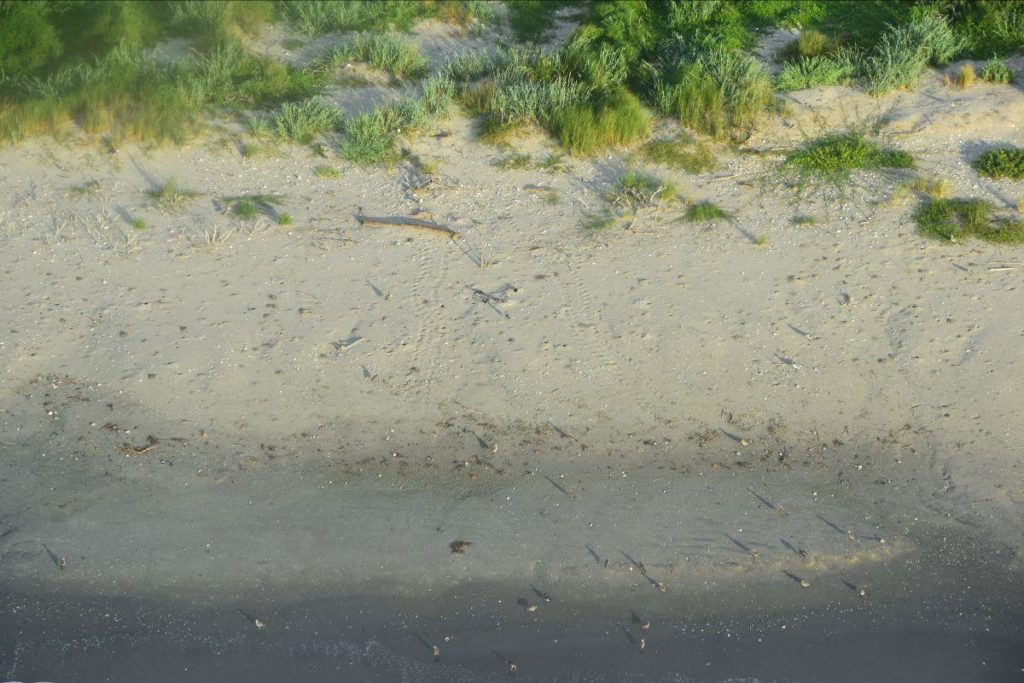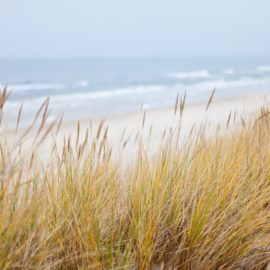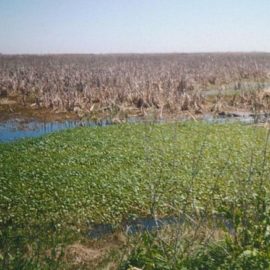
image from the CPRA
What is a sustainable coast in a world with climate risks getting worse?
In the month since Louisiana’s Coastal Protection and Restoration Authority released the fourth iteration of its “Comprehensive Master Plan for a Sustainable Coast,” I’ve been trying to understand what it means by “a sustainable coast” in this world of escalating climate risks. If it’s only talking about the sinking deltas composing the bottom third of this state, then the sediment diversions and marsh creation projects certainly can provide sustainability for some of the plants, fish and terrestrial critters living here. But that’s clearly not the idea behind this 50-year, $50 billion plan. Its charge is to allow its human communities to have a long-term future. That goal, in fact, is spelled out this way in the plan’s first paragraph: “to implement restoration and risk reduction projects that will result in a vibrant and more sustainable coast for residents and visitors to enjoy.”
nola.com
There are a couple of risks that are not covered in the plan.
Yet if making human communities sustainable on this landscape is the goal, the plan lacks two essential chapters. The first would outline the costs from risks that cannot be reduced by its projects. For example, the plan boasts that its billions in floodwalls, levees and wetlands restoration can significantly reduce the cost of damages inflicted by higher storm surges and heavier rainfalls from the larger hurricanes already being caused by global warming. But that figure only includes damages caused by floodwaters, not wind damage, the agency said. Studies show that billions in damage from hurricanes is caused by their winds, especially as they move more than 20 miles inland from the coast, where storm surge doesn’t reach. And that’s getting worse quickly: A report by NOAA calculated the $721 billion in hurricane damage over the five years ending 2021 was one-third the total of all storms over the previous 42 years. That’s the reason many homeowners insurance policies in this area now carry deductibles of 5% for wind damage caused by hurricanes. Of course, that’s if the homeowner can even afford the soaring cost of insurance driven by the increasing rate of climate-related weather disasters. It’s no surprise the governor has called in the Legislature to deal with this emergency. Not only could it destroy property values, but eventually it will prompt current businesses to relocate and new ones to stay away. That doesn’t look like a sustainable future for the human population on this landscape. But that risk isn’t mentioned in this plan.
The other aspect is green house gases.
The other new chapter should take the curtain off the major reason for the rising risk from hurricanes and flooding rains: The continued rise in greenhouse gases, primarily from fossil fuels. Those emissions have caused the atmosphere to warm. The ocean has been absorbing 90% of that heat, causing the oceans to rise. The heat is melting glaciers and ice sheets in Greenland and Antarctica, pushing the oceans ever higher. Now ocean surface temperatures are reaching record levels. Warmer oceans fuel larger hurricanes with higher winds and more water vapor, which is why we now have higher storm surges reaching further inland and more torrential flooding rains. All of that will get much worse in the decades ahead unless the world reduces emissions quickly over the next 20 to 30 years. If that doesn’t happen, the plan will fail, because those threats will undo many of its projects, making this place unsustainable for modern human economies.
If focused on the coast they may not know much about either wind damage or greenhouse gases but they are still real problems.
The wetlands scientists and engineers at the CPRA might feel a chapter on collateral risks from storms is not their expertise. Fair enough. Then its directors should hire experts in those fields to explain the threats, so that residents get the true picture on how sustainable this coastal landscape will be for them — not just the critters. But the agency does have experts on the force driving these escalating risks: emissions. This is our fundamental challenge. The agency should make that known in an early chapter all its own, because its leaders know that unless this threat is addressed, human communities as we know them cannot be sustained on this coast.
Fixing the coast is a limited response and although there is little coastal efforts can do with these two problems but they should have a chapter on both as they are linked.



